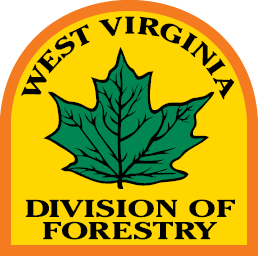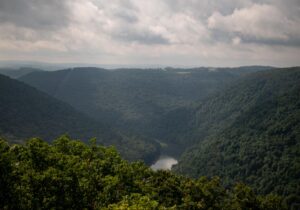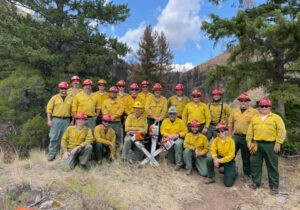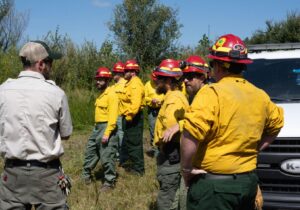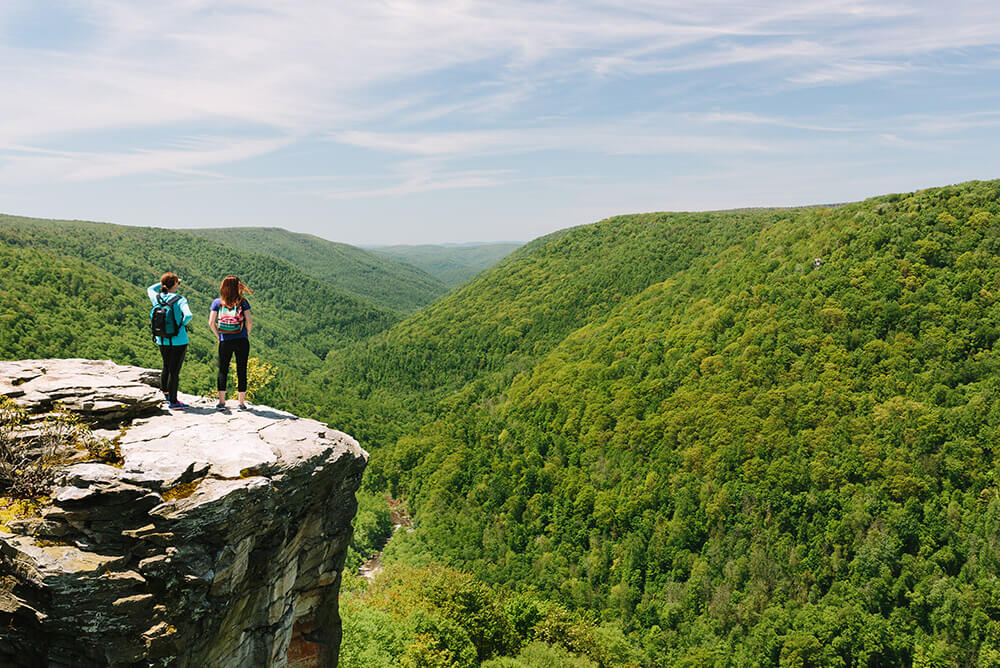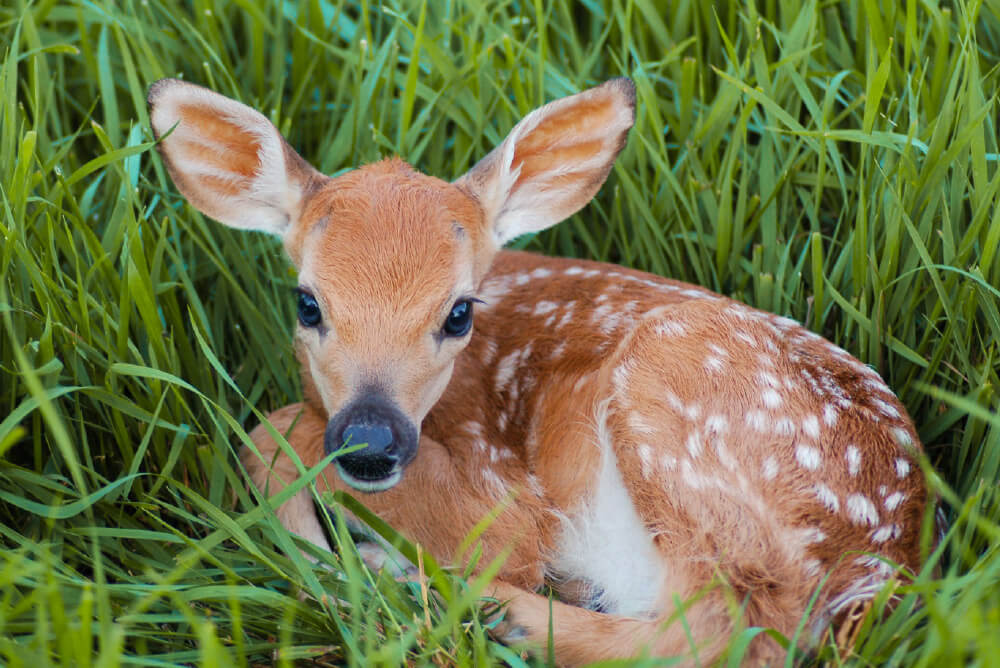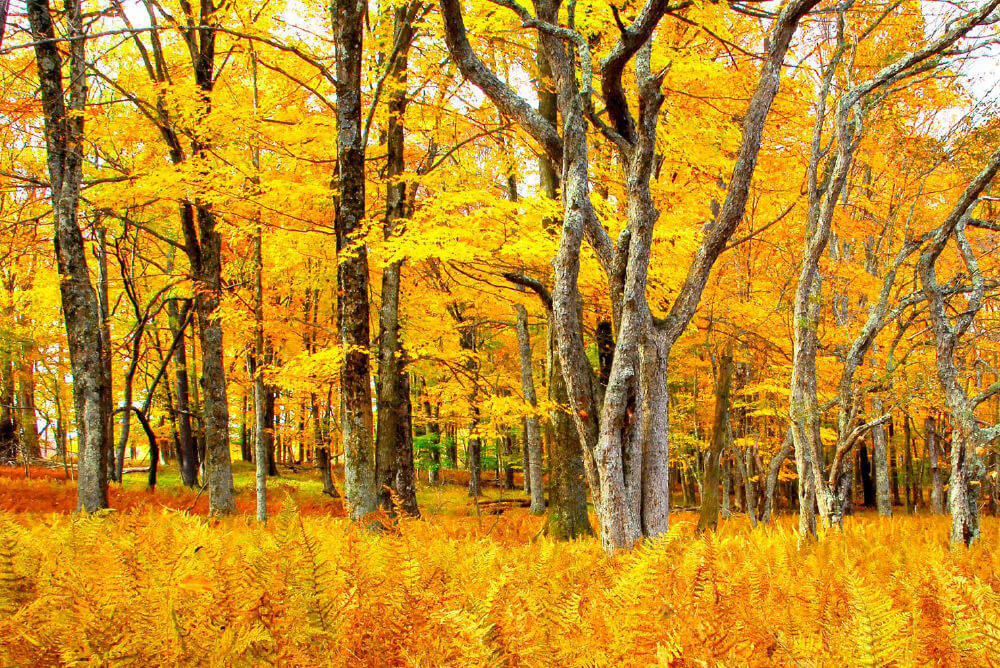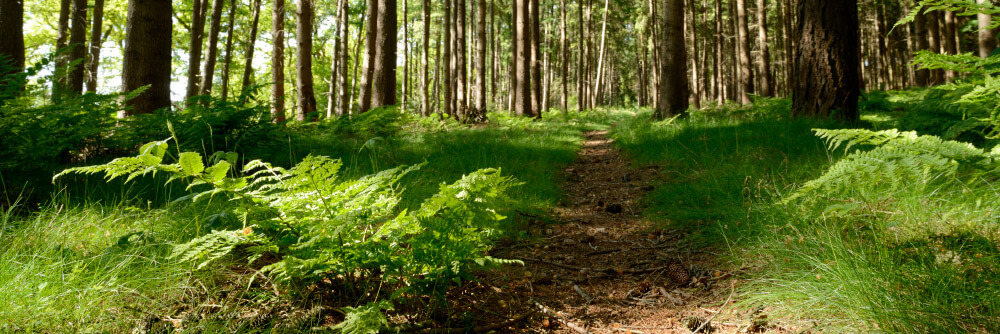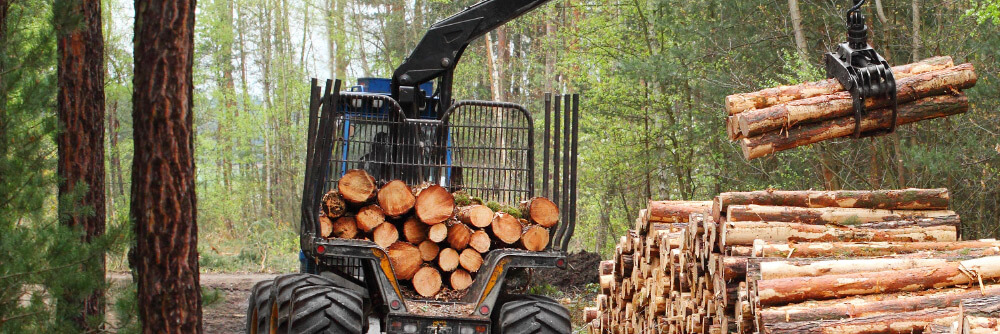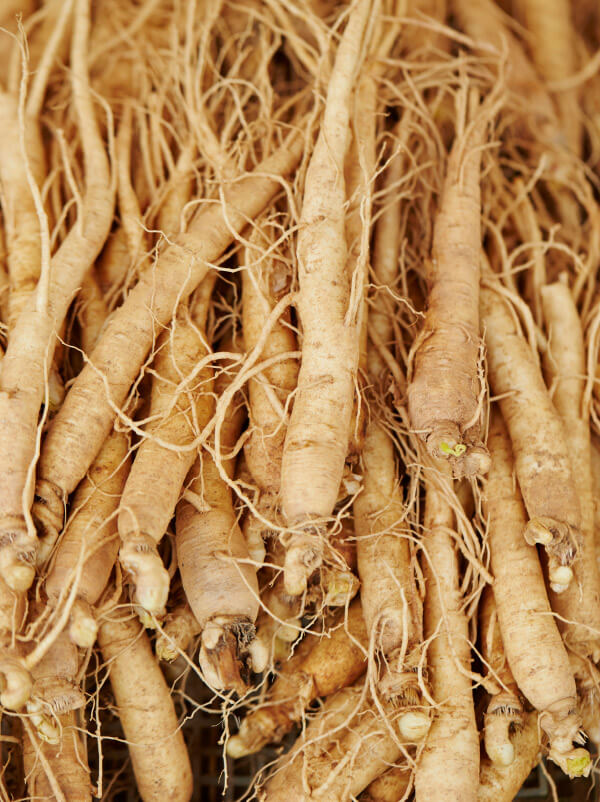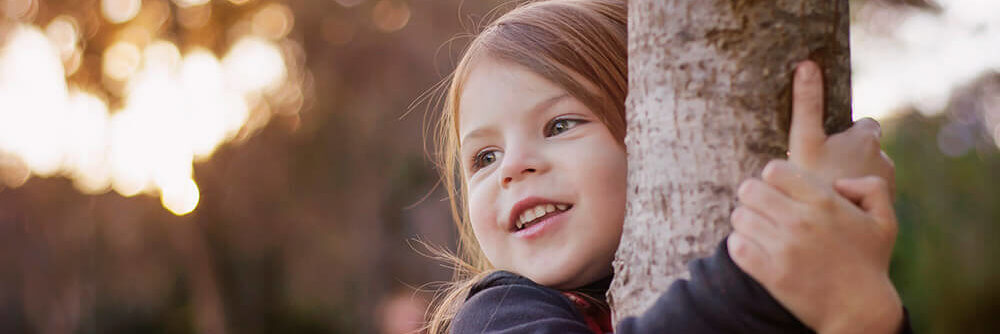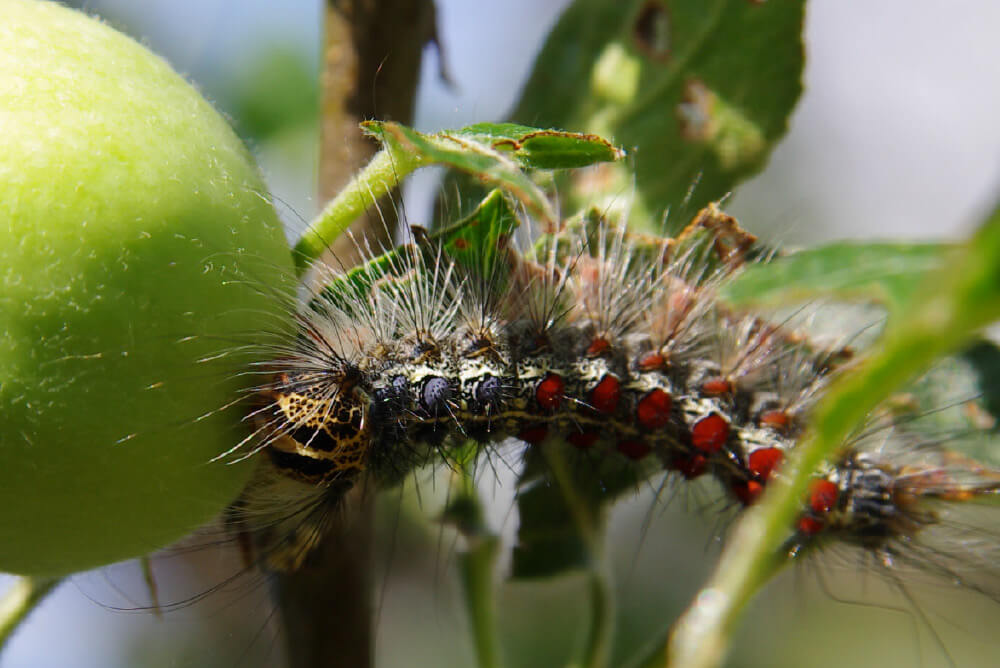Ginseng roots have intertwined with ancient folk remedies for centuries.
The first documented reference to ginseng for medical use appears around 206 – 220 AD in a Chinese herbal manual. The Chinese saw ginseng as a cure-all tonic, able to do everything from treat fatigue and impotency to impart wisdom and long life. Native Americans used the herb to soothe colic, ease headaches, cool fevers and cure other maladies.
Although little scientific evidence exists to support the extravagant claims, modern believers still extol the herb’s legendary powers. Other people prize ginseng even more for its market price. The high dollar value puts the continued existence of wild ginseng at risk.
The ginseng digging season opens on Tuesday, Sept. 1 and continues through Monday, Nov. 30. Diggers have until March 31 of each year to sell to a registered West Virginia ginseng dealer or have roots weight-receipted at one of the Division of Forestry weight stations. Digging ginseng out of season is a crime, carrying fines and possible jail time. West Virginia law requires that ginseng collectors replant the seeds of wild ginseng in the same spot where the plants were harvested.
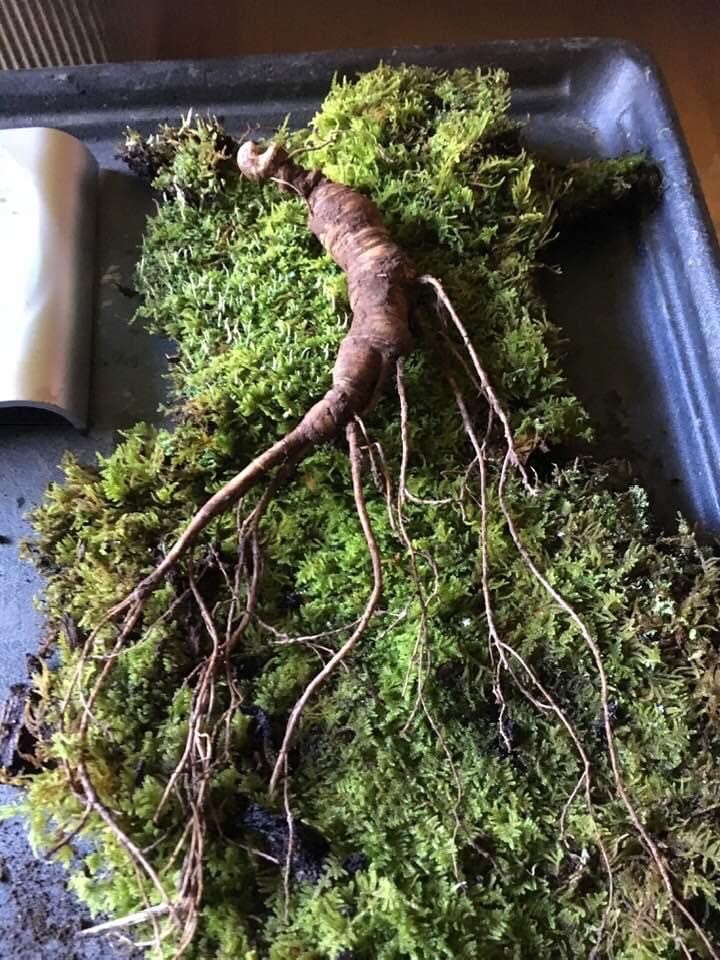
Types of ginseng
Not all ginseng is equal in the marketplace.
Ginseng Coordinator Robin Black, West Virginia Division of Forestry, summarized the four categories of ginseng under West Virginia Code. In descending order of market value, the categories are:
Wild: Wild ginseng is the most sought-after — and consequently the most endangered. Planted naturally by its parent plant or seeds dropped by passing animals, the root grows in cool, shaded forests in a temperate climate.
“The ones that bring the highest prices on the Asian market look like a human body, with arms, legs and a torso,” she said. “Some are so prized, the buyer does not use the ginseng but displays the root as a sign of social status.”
Wild simulated: A grower deliberately plants ginseng seeds in the woods with no prepared bed and no chemical weed, disease or pest control agents.
“This technique might produce a root with the prized body shape, but it all depends on the soil,” she said. “If there are lots of rocks or other roots to make the root hairs split, then you could possibly get a body shape.”
Woods-grown: The grower prepares seed beds in shaded woods. These roots grow straighter than wild ginseng. The grower may use chemical or mechanical weed, disease or pest control agents.
“Most people would prefer that you don’t use any chemicals on the roots that may be harmful if ingested,” Robin said.
Cultivated: This category relies on prepared seedbeds, artificial shade and may include standard horticultural practices such as fertilization, weed control, irrigation and pesticides. As with the other categories, most customers would prefer no chemicals. The cultivated ginseng root resembles a white carrot.
In the United States, ginseng is found in 19 states and one Indian nation. Kentucky, Tennessee, North Carolina, West Virginia and Indiana comprise the top five. Other states involved with ginseng programs are Alabama, Arkansas, Georgia, Illinois, Iowa, Maryland, Minnesota, Missouri, New York, Ohio, Pennsylvania, Vermont, Virginia, Wisconsin and the Menominee Indian Tribe of Wisconsin.
A majority of Wisconsin’s ginseng is cultivated. Little wild ginseng remains.
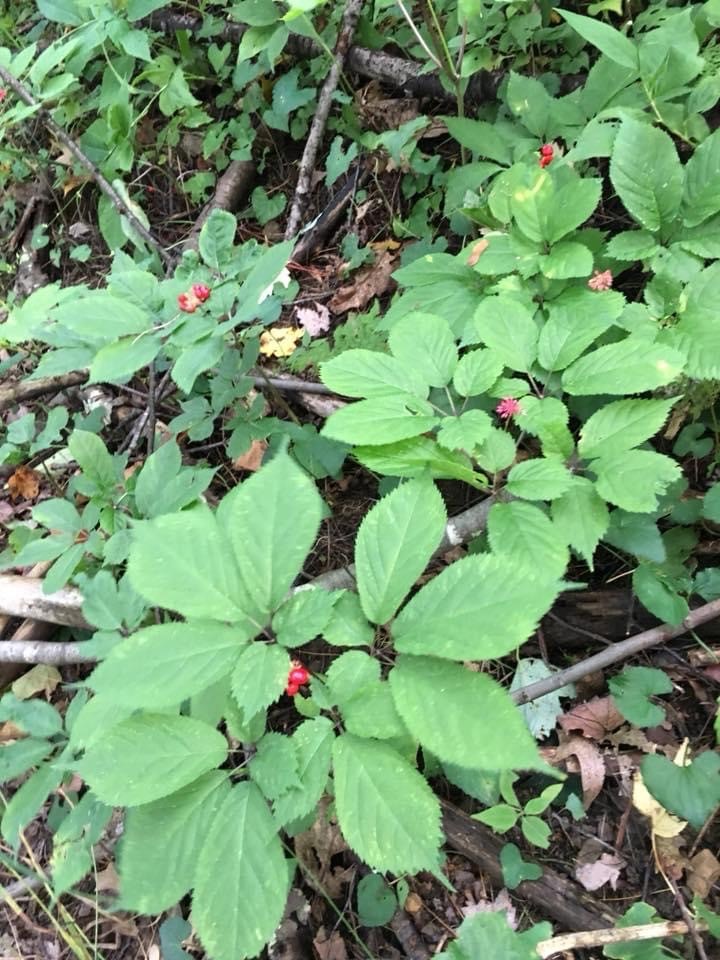
Market values
Elevated demand driven by exporting pushed ginseng prices sky high in 2013.
“In 2014, the Asian ginseng market crashed,” said Robin.
In 2019, West Virginia’s market recorded 2822 pounds of “dry” ginseng and 5506 pounds of “wet” (green) ginseng. “Dry” means dehydrated. One pound of “wet” ginseng dehydrates to about a third of a pound of dry. The average price paid for the 2019-20 season was $550 per pound for dry and $160 per pound for green. It takes almost 300 roots to make one pound of dry ginseng.
“That’s a lot of roots,” she said.
As dry brings in more money than wet ginseng, many dealers buy green and dry it themselves to make sure the roots are not damaged in the drying process. Some diggers preferred to dry their own, using dehydrators, ovens or other methods to dry it quickly.
Early North American export to China
Around 1713, Father Jartoux, a French Jesuit priest stationed in China, published descriptions of the ginseng plant and accounts of its healing powers. A few years later, another French Jesuit priest living with the Native Americas in North America used Father Jartoux’s descriptions to locate American ginseng.
By 1784, the first international trade vessel sailing under the American flag set out from New York Harbor to China, bearing 30 tons of wild North American ginseng.
“There are stories where Daniel Boone traded ginseng during his time in West Virginia and Kentucky,” said Robin. “The story is told that Daniel Boone had 12 tons of ginseng but lost it all when his boat tipped over on his way to Pennsylvania in 1787. The next year, he did better and that is how the Boone fortune was obtained.”
In a foreshadowing of what was to come in the United States, wild ginseng in China declined. Overharvesting and loss of habitat shrank the population and range of the wild root.
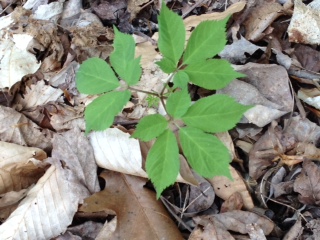
Grow your own
To grow your own ginseng on your own property, the Division of Forestry must first carry out a determination to make sure no wild ginseng already exists in the area you want to plant. The Division of Forestry conducts the determinations between April 15 to June 15 each year. Contact Forestry to get on the list for a site determination.
“The forester can tell you whether your property would be suitable to plant ginseng,” Robin said.
Once Forestry issues a determination certificate, the property owner can get a permit to be a ginseng grower. The best time to plant ginseng is in the fall. If the prospective planter does not own the property where he or she wants to plant, the planter will need a notarized letter from the owner giving permission to plant ginseng on the property for at least 15 years.
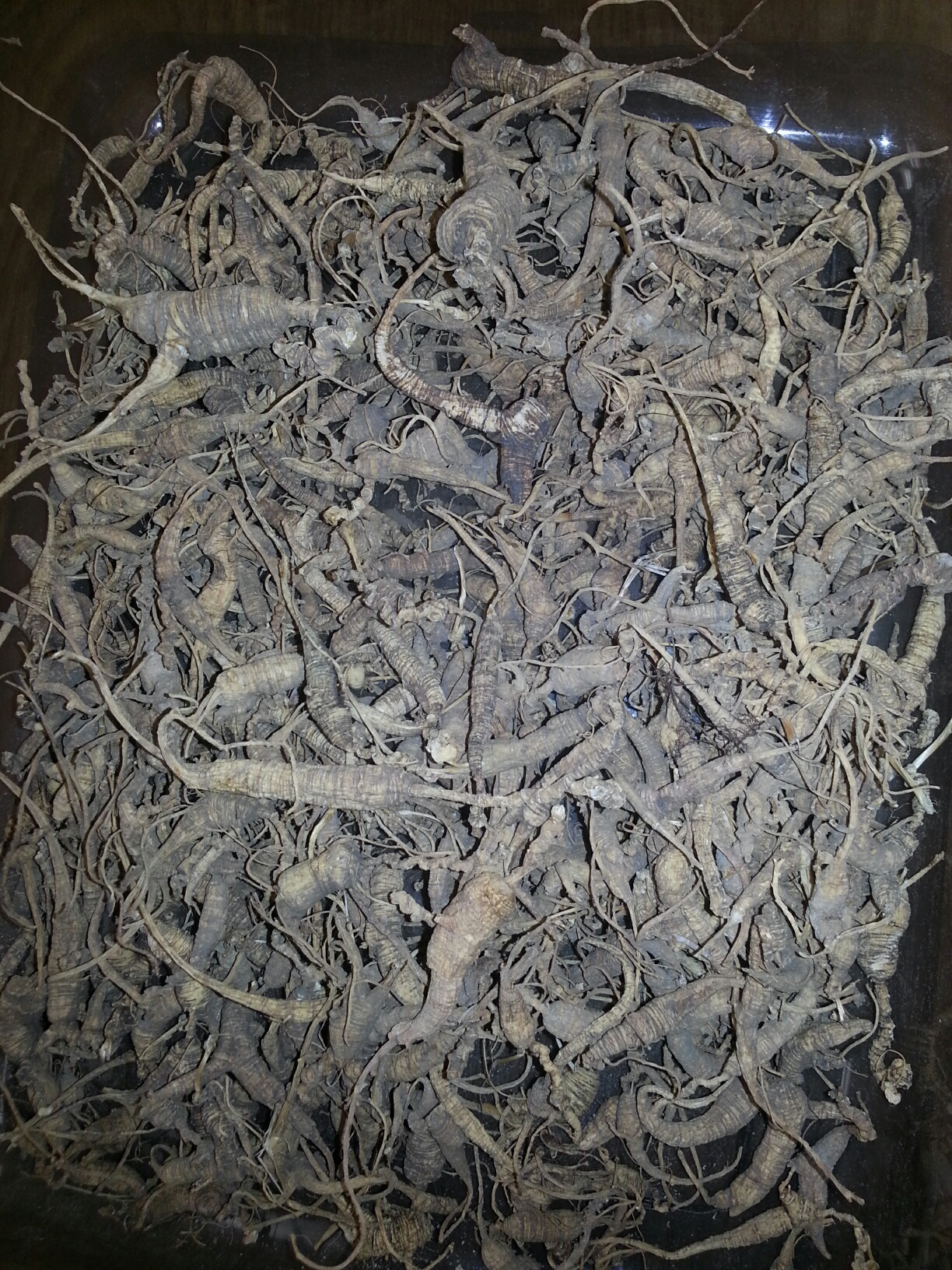
Diminishing returns
Generations ago, native populations, explorers and settlers could collect ginseng for cash and medical remedies. These days, ginseng has declined from relatively abundant to scarce, rating as an endangered species.
Factors that threaten the continued existence of wild ginseng include:
- Shrinking habitat. The deep, shady woods and temperate climate the herbs need to develop are vanishing under pressure from expanding human habitation and industry.
- Overharvesting. The popularity of the plant is proving to be too much of a good thing for its own survival.
- Poaching. Some hunters harvest plants that are immature or out of season, killing them before they can propagate new plants to replace themselves.
- Slow maturation. The problem of hunters being too quick to pick is made worse by the plant’s own slow growth life cycle. By law, ginseng must be at least five years old and its berries bright red before the plant can be legally harvested.
Those factors can be offset to some degree by responsible care.
- Harvest only within season, which starts Sept. 1.
- Harvest only mature plants at least five years old, identifiable by having at least four bud scars. A visual way to tell are plants with at least 3 prongs – leaf sections at the top of the stem.
- Harvest only when the berries encasing the seeds are bright red.
- Replant the seeds at the site where the root was taken. Plant the seeds about an inch down and cover with soil.
“With good stewardship,” Robin said, “ginseng should be around for years to come.”
